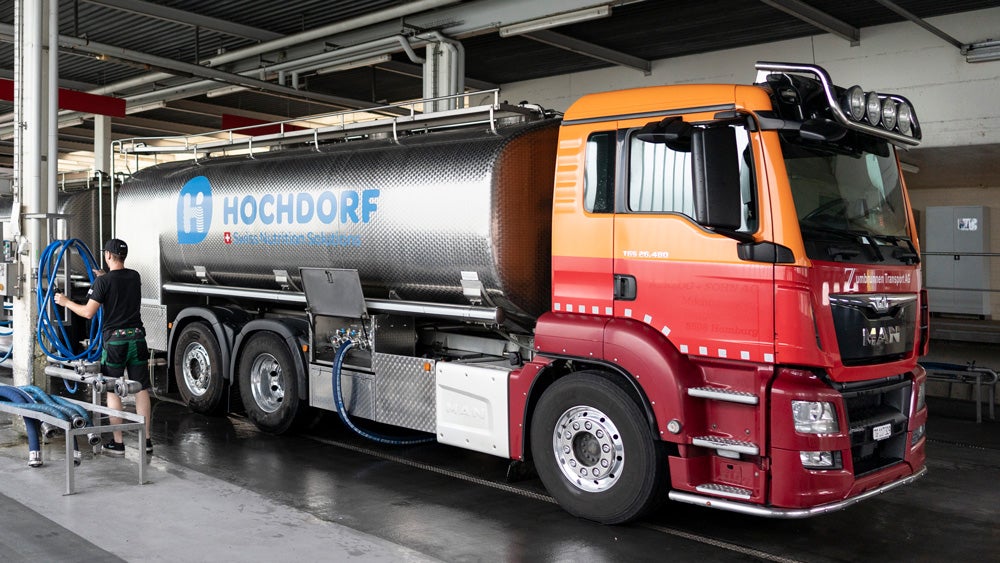The second part of this month’s just-food briefing on social media looks at how business as a whole is using websites like Facebook and Twitter – and how social media is playing a role in driving the growth of online advertising worldwide.
Companies throughout the world are making increasing use of social media, especially for marketing purposes. Some of the earliest innovators are now taking increasingly integrated and sophisticated approaches to their social media strategies, including more people across the organisation and managing multiple brands across numerous platforms. Many food and drinks firms are attempting to create strategies based on past experience, while others are taking a more cautious wait-and-see approach to social media.
According to a recent study from eConsultancy, utilising Twitter and other microblogging sites formed the main social media focus for almost 70% of companies surveyed. This suggests a fairly cautious approach to social media on the part of business, with most opting for one of the most straightforward options as a first step. Other popular social media activities included the creation and management of a social network profile (mentioned by 57% of respondents) and the development of video-sharing sites (mentioned by 51% of respondents). In contrast, creating podcasts was far less popular with companies.
The same survey also measured attitudes towards return on investment (ROI) from social media activities. Analysing direct traffic to the corporate website was the leading measure of success, cited by 63% of companies in the survey. Only a quarter measured sales or brand awareness, while just 6% mentioned profitability. Perhaps most significantly of all, 14% claimed that nothing was measured in the wake of social media marketing activities. This appears to confirm the impression that relatively little thought is given to how social media can be made to work effectively for companies.
At the time of writing, it is believed that almost 21,700 companies worldwide have a Facebook page. According to data from Burson-Marsteller, over 60% of Fortune Global 100 companies had at least one Facebook page as of March 2011. The average number of pages managed by the respective firms increased from 1.2 in 2010 to 4.2 a year later, during which time the average number of ‘likes’ per Facebook page rose by 115% to almost 40,900 worldwide. Companies are also updating their Facebook pages far more frequently.
See Also:
Data from Burson-Marsteller also illustrates the increasing importance of Twitter to the world’s leading firms, with the percentage of Fortune Global 100 companies using Twitter increasing from 65% to 77% in the year ending March 2011. By the end of March this year, 83% of European companies had Twitter accounts, up from 71% the previous year; 72% of US companies had Twitter accounts, a figure unchanged from 2010; 67% of Asia-Pacific companies had Twitter accounts, up from 40% in 2010.
How well do you really know your competitors?
Access the most comprehensive Company Profiles on the market, powered by GlobalData. Save hours of research. Gain competitive edge.

Thank you!
Your download email will arrive shortly
Not ready to buy yet? Download a free sample
We are confident about the unique quality of our Company Profiles. However, we want you to make the most beneficial decision for your business, so we offer a free sample that you can download by submitting the below form
By GlobalDataTwitter is most often used to provide company news and updates, which was mentioned by 88% of firms. This compares with using Twitter to provide customer service (which was mentioned by 40%) and to offer deals to customers (which was mentioned by 28%). The fact that social media strategies are becoming more integrated is evidenced by the fact that a quarter of companies surveyed by Burson-Marsteller used Facebook and Twitter in conjunction with other social media channels, notably YouTube and corporate blogs.
Advertising via Social Media
Social media channels are playing an increasingly important role within the global advertising industry. As the global online audience has grown, so too has the online advertising industry. This has largely occurred as a result of the widespread belief among businesses that social media channels such as social networking sites offer the chance to engage with customers more closely, through which more targeted advertising and marketing campaigns can be developed.
The increasing significance of social media can be illustrated by the fact that online and internet channels account for a growing share of the world’s advertising industry, which was valued by ZenithOptimedia at $452bn in 2010. At some point soon, ZenithOptimedia expects online and internet advertising to overtake newspaper advertising to become the industry’s second largest sector in terms of global expenditure. By 2013, the company expects the online and internet sector to reach $95bn, up by 50% compared with present levels, while newspaper advertising is projected to decline by 4.2%.
In the UK, the online and internet sector overtook TV advertising in terms of advertising expenditure for the first time during 2009. As a result, the UK market for online and internet advertising is now worth more than GBP4bn per year. Google has recently forecast that global online advertising expenditure may reach as high as $200bn by the second half of the current decade, driven by the increasing amount of time spent online by consumers.
One of the world’s most developed markets is the US. According to eMarketer, total online advertising expenditure reached $25.8bn in 2010, up by almost 14% from the previous year. This figure is forecast to reach $32.6bn by 2012 (up by over 26% from present levels) and may reach $50bn by 2015.
The same source valued advertising revenues derived from US social networking sites at just under $2bn in 2010, up by 40% from 2009 and forecast to almost double by 2012. Social networking sites accounted for 7.7% of the US online advertising market in 2010, a percentage figure which is forecast to exceed 12% by 2012. It is thought that all but two of the top 100 advertisers in the US are now advertising on YouTube.
The European online advertising industry is also in a healthy state. In 2010, advertising expenditure via online and internet channels increased from EUR15.3bn to EUR17.7bn, according to data from trade body IAB Europe. The Internet is now responsible for 18% of all advertising expenditure in Europe, with its penetration especially high in the UK (29%) and Denmark (28%).
Although the success of websites such as Facebook suggests that social media will continue to drive growth within the global advertising industry, it is worth noting that competition from other sectors remains strong. Many European companies, for example, have been shown to use email and display advertising more frequently than social media.
Too great a focus on advertising has also been shown to adversely affect social media, with the Google partnership cited as a major reason for the decline of MySpace. The larger number of advertisements placed onto the site – a key feature of the partnership deal – was thought to have hurt MySpace, since it had a detrimental effect on usability. Rather, the key to success in the future is likely to come from pursuing a more integrated approach to online advertising strategies by recognising that the various tools can complement each other in reaching out to customers.







